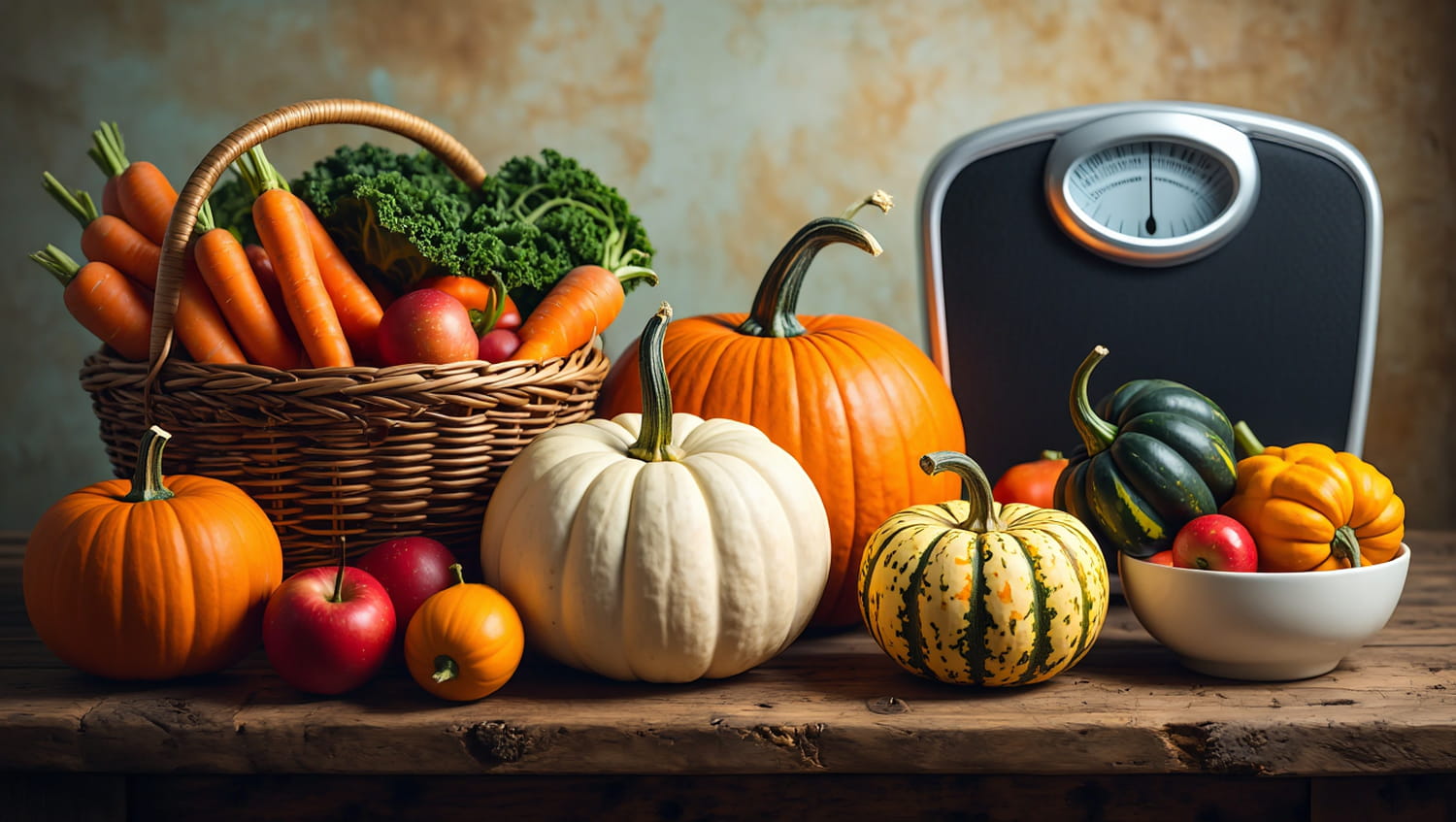This is your best fall ally if you want to lose weight while enjoying a comforting meal.
When fall sets in, many choose to cut back on starchy foods. An instinctive reaction, often motivated by fear of winter kilos. But for Professor Joseph, of the Dr Frank weight loss clinic, this approach is not the right one. “People automatically think that all carbs make you gain weight,” he explains. In fact, some seasonal vegetables contain a particular type of starch — resistant starch — which acts very differently from the fast sugars found in bread or pasta.
This special starch is not completely digested in the small intestine. It nourishes the good bacteria in the microbiota, improves insulin sensitivity and helps maintain stable blood sugar levels throughout the day. “When your blood sugar is stable, your body can more easily access stored fat for energy,” specifies Professor Joseph. Result: the metabolism stays in “fat burning” mode longer, even between meals.
The benefits of these vegetables are not limited to weight loss. They are rich in fiber, antioxidants and minerals, three elements that support the proper functioning of the metabolism. Professor Joseph insists: it is by integrating the right carbohydrates that we maintain a stable energy level, not by removing them. “Your body needs carbohydrates to fuel workouts and maintain energy,” he recalls. The problem does not come from the carbohydrates per se, but from the choice of their source.
In practice, the professor then advises swapping some of the traditional starchy foods for autumn vegetables richer in fiber. “Replace half of your usual serving of pasta, rice or potatoes with roasted squash puree,” he suggests. We thus maintain the creamy texture and the feeling of satiety, while reducing the caloric load of the meal.
Studies point in this direction: work published in the Journal of Nutrition & Metabolism show that a diet higher in resistant starch increases fat burning and reduces appetite. In other words, this simple change helps regulate hunger naturally. Plus, these vegetables have an added benefit: their nutritional density. They are rich in beta-carotene, an orange pigment associated with better metabolic health and reduced inflammation. And the champion in this area is none other than the pumpkin.
This fall vegetable checks all the good carb boxes: high in fiber, low in calories, and filling. A single cooked cup provides just 50 calories for more than 2 grams of fiber. In other words, an ideal accompaniment to regulate hunger without increasing the numbers on the scale.


